27+ Sample Daily Progress Report
-
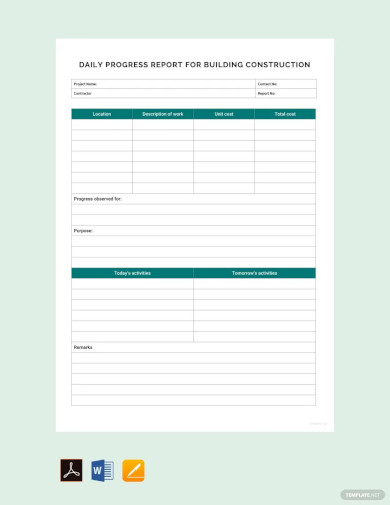
Daily Progress Report for Building Construction Template
download now -
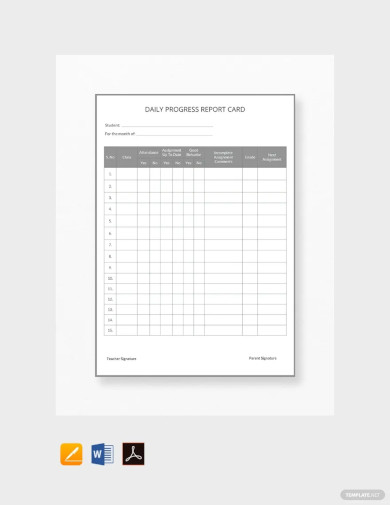
Daily Progress Report Card Template
download now -

Daily Progress Report Template
download now -
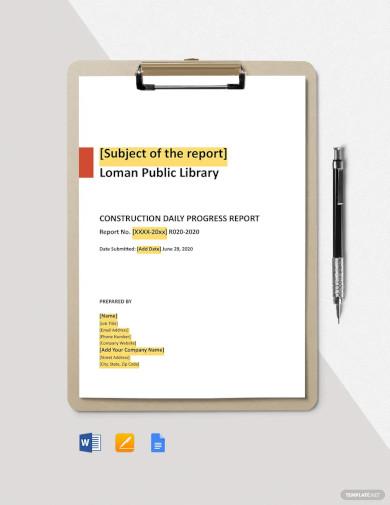
Contractor Daily Progress Report Template
download now -
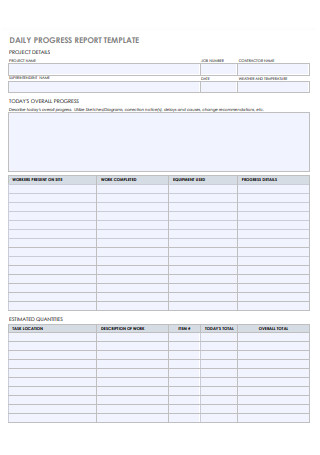
Daily Progress Report Template
download now -
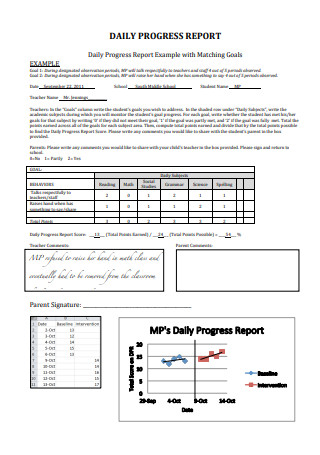
Daily Progress Report Example
download now -
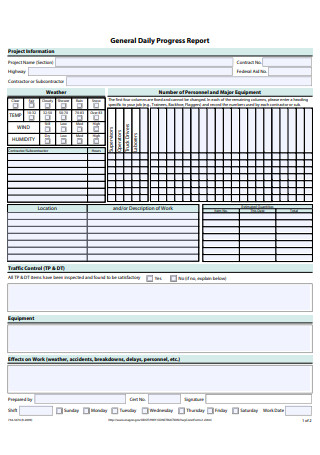
General Daily Progress Report
download now -
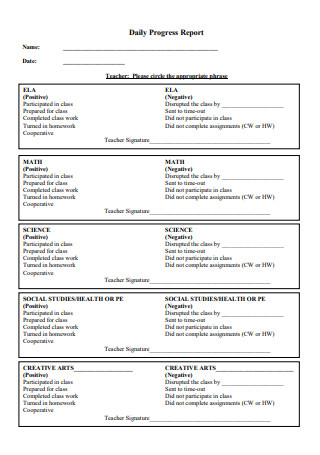
Basic Daily Progress Report
download now -
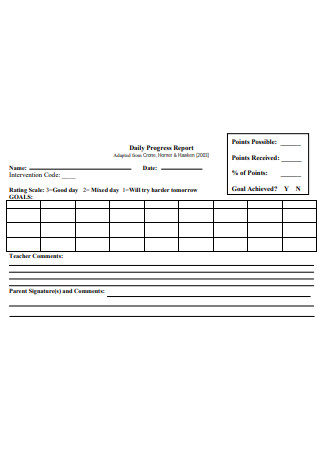
Sample Daily Progress Report
download now -
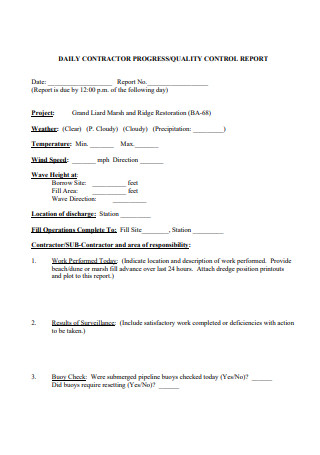
Daily Contractor Progress Quality Control Report
download now -
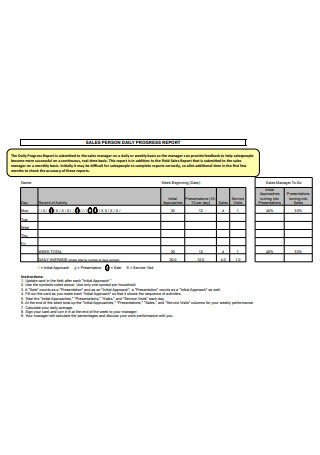
Sales Person Daily Progress Report
download now -
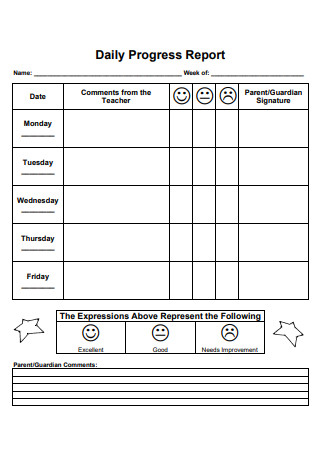
Daily Progress Report in PDF
download now -
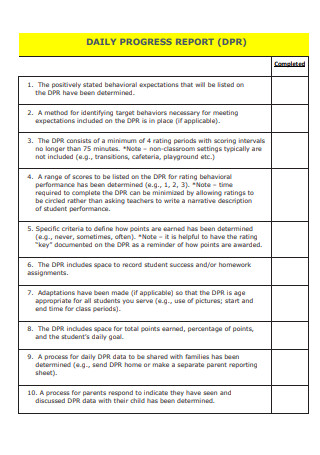
Formal Daily Progress Report
download now -
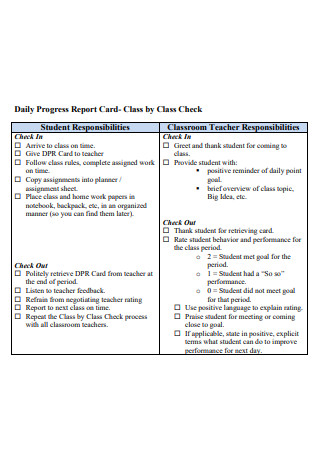
Daily Progress Report Card
download now -
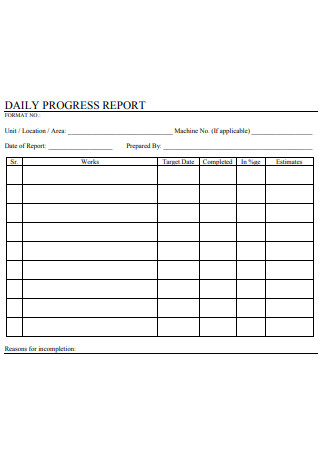
Simple Daily Progress Report
download now -
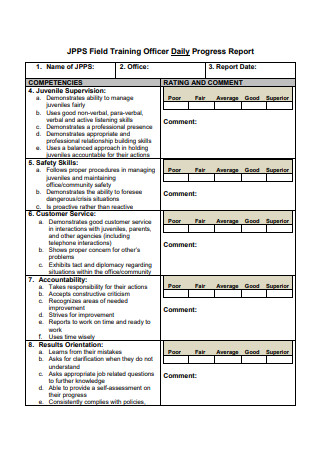
Field Training Officer Daily Progress Report
download now -
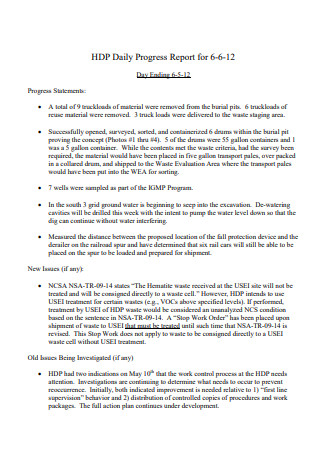
Day Ending Daily Progress Report
download now -
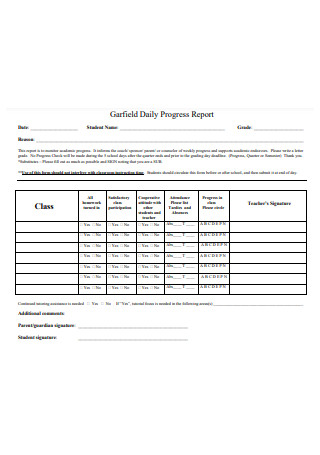
Standard Daily Progress Report
download now -
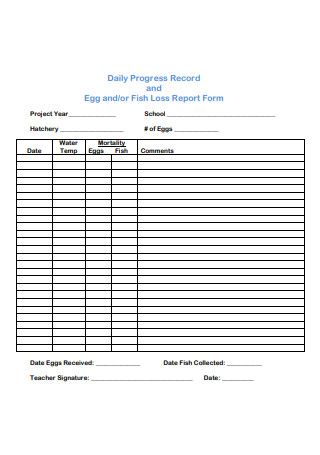
Daily Progress Record and Report Form
download now -
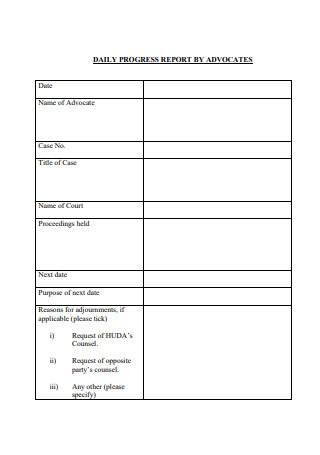
Advocates Daily Progress Report
download now -
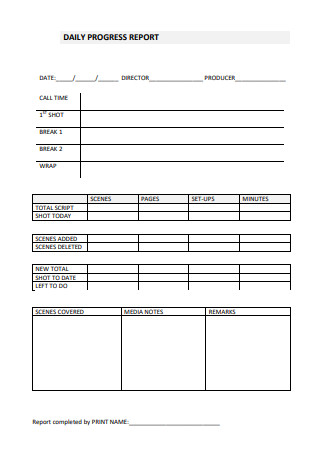
Daily Progress Report Format
download now -
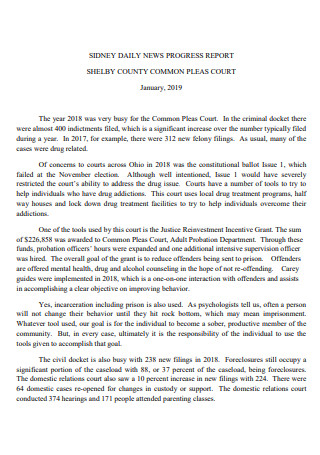
Daily News Progress Report
download now -
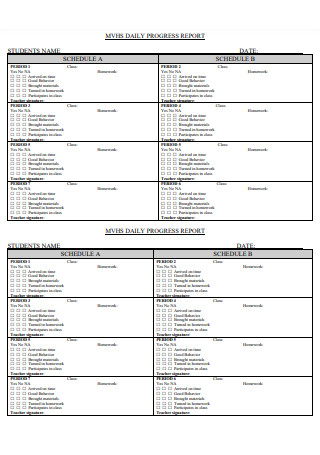
Student Daily Progress Report
download now -
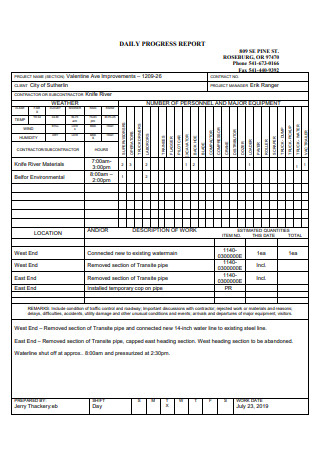
Printable Daily Progress Report
download now -
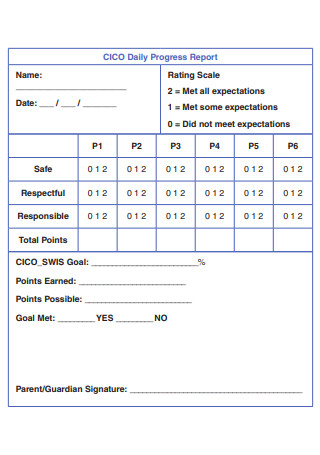
Draft Daily Progress Report
download now -
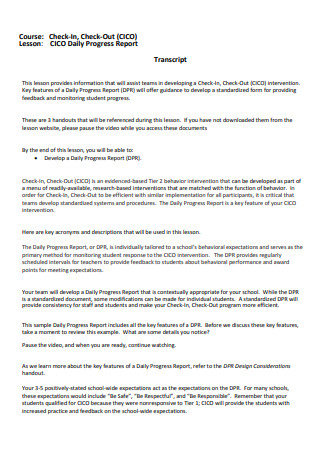
Transcript Daily Progress Report
download now -
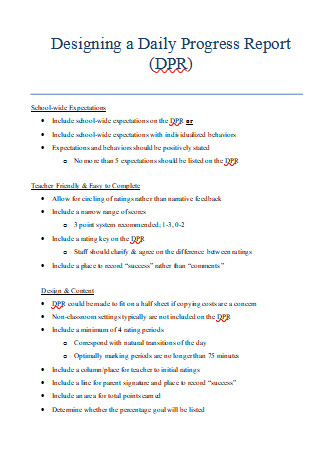
Designing a Daily Progress Report
download now -
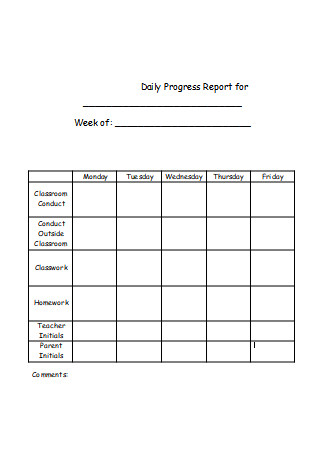
Daily Progress Report in DOC
download now
What is a Daily Progress Report?
The Daily Progress Report is a document that is utilized in order to stay on track with the projects you are working on. It is a Project Management plans tool that records all of the activities you’ve carried out on a workday to gauge how much productivity was rendered. You will be provided with key insights all in one document?a report you can reference back to, to make performance improvement plans. When it comes to team projects, it documents the progress that your team is making towards a project. It tracks the project status report—whether it be a marketing strategy, construction project, or a student’s output in class. It gives the associated parties such as clients and stakeholders awareness if everything is going according to the initial plan.
Importance of Daily Progress Reports
As the growth of companies and teams flourish, it becomes increasingly difficult to keep track of everyone’s work process in order to determine workforce efficiency. Projects also become increasingly complex when we seek more progression in our lives, and as a result of innovation. Using a Daily Progress Report template shows how far along you’ve gone with completing a project by logging the daily tasks you have achieved. This keeps associated parties such as your manager, supervisor, or client informed of the project’s progress.
- Project organization
Working on several projects as a busy professional can be burdensome. Utilizing Daily Progress Reports helps you manage several projects simultaneously as you have a handy project tracker of the progress of each one. The progress report can be written by the individual assigned to write it or by the collaboration of a team. Documentation of several projects that are interconnected enables you to properly piece together their results.
- Detailed trends and patterns
When you have day-to-day documentation of your workforce productivity, you can notice trends and patterns that benefit your project or break it down. Which of the team members are performing efficiently based on the workload completed for the day? You will notice what’s working and what isn’t. If there seem to be issues based on time constraints, it lets the Project Manager know what action can be taken to move forward and enable a better method proper execution of projects.
- Task collaboration
Due to properly detailing a report of day-to-day activities, there will be awareness of how each team member’s Daily Accomplishment report in the progress towards the common goal. It facilitates collaboration due to a shared source of documented information. For improved tasked efficiency, team members can delegate tasks to those who have little to no work left on their hands or offer to help carry out tasks with those who have a full load. This also reduces the amount of time wasted on doing duplicate tasks as each member of the team has awareness on the work completed for the day.
- Foolproof work completion evidence
The tasks you have accomplished for the day will be logged in the Daily Progress Report as official documentation or proof. When a project-related misunderstanding may come up, you can backtrack and ensure the team that you produced efficient results. Meanwhile, if your project gets acknowledged for a reward, your work process efficiency will be commended and you will get the recognition that you deserve.
Daily Progress Report For Construction
In the Construction business, several parties such as contractors, carpenters, painters, plumbers, and other manpower providers join forces in order to complete a construction project. A client or a builder hires a contractor to take charge of their construction project by overseeing its production and project development. They become the client’s main point of contact onsite. It is within their job’s scope of work to provide a Daily Progress Report of the work accomplished for the day to their client so they are updated on the progress of the project they hired them for. The use of a Daily Progress Report template makes it easier to keep track of construction schedules and milestones without the use of plain memory or note-taking, never leaving data behind. These are the components of a Daily Progress Report for Construction.
- Weather reporting
When it comes to the construction business, the unpredictability of the weather is risky. Too much heat may affect the quality of the materials and yes, working conditions. It makes the workers fatigued and the productivity less efficient. With the rain, it may mean the need to postpone operations entirely, which causes delays. This is why it’s important to record the weather condition and if it made any significant impact on the work done for the day.
- Work logs
A construction project can get pretty crowded at times, with all the subcontractors—the manpower a contractor hires—going in and out of the site. It’s best to keep track of the manpower at a daily basis for proper documentation for the client. Who subcontractors are working on a particular project, and for how long have they worked. With the information on the manpower logs such as job accomplished and the hours it took, it gives everyone—the builder, contractor, and subcontractors an estimate of how far along will the project be completed.
- Photos as report logs proof
When you include pictures in the daily progress report, it validates the work conditions logged for the day and it solidifies your written report. Any issues with equipment and machinery can be captured as proof of delay or if there are additional payments needed for repair. As such, the photos need to be accurately verified with timestamps and location information.
- Contractor and subcontractor notes, issues, and concerns
As a Project Manager or a Contractor, it’s important to notify the client if something isn’t working well in the beginning, or if there are certain aspects of the project that are behind schedule. Subcontractors can voice out if they have adequate working conditions with proper access to the utilities, equipment, and site safety that is part of their job contract. If a problem arises, proper documentation of these statements can be referenced to.
- Site safety observations and recommendations
Safety first. The worker’s conditions are of huge importance in a construction site. If they might have any concerns on safety issues, that would take a huge toll on project development and it has to be urgently addressed by management or the contractor in order to ensure a safe workplace.
- Daily survey
Surveys are conducted for the subcontractors to inform the client of the project turnout, or if there were any changes made from the initial plan. The client’s are not only paying for manpower, and since construction doesn’t have open-time, contractors and subcontractors are being paid for a deadline as well. They would want to know how the project is doing and if it’s flowing according to schedule. Basically, if they are getting their money’s worth. Did you get the required paint brand? Is the counter flat and properly smoothened?
How To Write a Progress Report
A project’s scope of work document determines the need for presenting reports. It varies from project to project, but its scope and complexity determines the regularity–daily, weekly, monthly, annualy. Reports that are required to be submitted at the interval of a day give the intended receiver insight into the workload process of the day. By keeping track of the project’s current progress and deficiencies, it helps them create a better plan if there are lapses that need to be improved on.
1.) Introduction
Give an overview of what is to be expected in the progress report. To make sure that you don’t forget anything, write your introductory statement after summarizing all the findings that you have obtained for the day.
2.) Assessing goals through question and answer
Gain insight into how far along the project’s timeline your team has achieved for the day by asking the appropriate questions that will lead to relevant answers pertaining to the progress of your work process. Ask simple questions such as if a team member has accomplished their task for the day. It makes you aware if there are any blocks and which tasks you still have to do to reach progress further in your goals. In order to provide useful work process metrics in your daily progress report, prepare a standardized set of questions regarding the day’s work. Letting your team members know about these questions in advance will give them more time to think about their responses and it lets them know that they can freely speak on matters regarding the project.
3.) Provide the reader with meaningful insight
You want to detail your Progress Report with meaningful insight that will be of use to the reader. It is important to provide meaningful insight to your daily progress report’s receiver because it will provide functional information about the project as a whole. Assess whether you have all the data that answers your reader’s questions.
4.) Visual depiction of data
Making use of visual cues gives the reader a better grasp of the information they have obtained. You’d like to log your accomplishments using graphical structures such as tables, graphs, and charts as it increases readability. It also allows the information to be organized into a visual structure unlike the rest of the text.
When writing a report–the simpler, the better. The best way to make a report is basically to please the reader. In report writing, your goal is to not just solve your problem statement but to indicate the project’s process in a way that is understandable to your reader–or who will receive the report.
FAQs
How can a daily progress report be used for students?
A daily progress report is useful in school settings as it tracks the performance and behavior of students of all year levels, but especially younger students in preschool, elementary, and middle school. It allows teachers to track the students’ behaviors to give their parents feedback, and how both parties can evaluate how to improve the child’s performance.
What is the PPP method?
PPP or Progress, Plans, and Problems is a management technique for recurring reports. It is a status reporting framework. Every single task that was accomplished for the workday belongs to the Progress section. Plans are what goals and objectives you or your team have to handle next or on your target date. Problems are the tasks that have barriers and have difficulty being completed. These are the tasks that need looking into. Media giants such as Facebook, eBay, and Skype use the PPP method.
